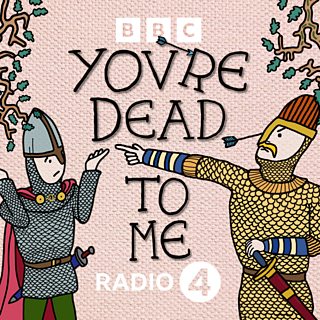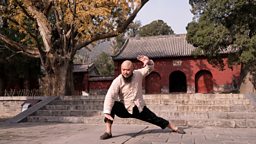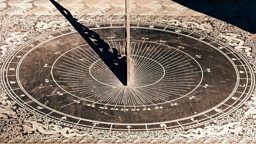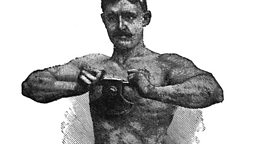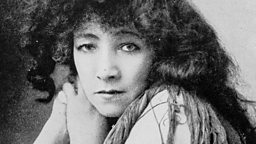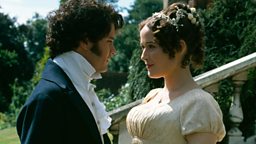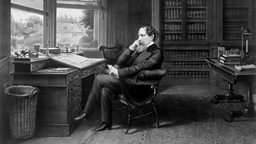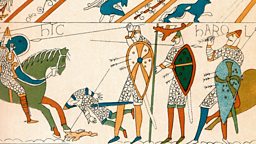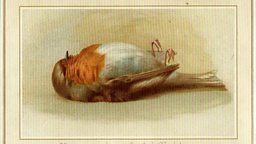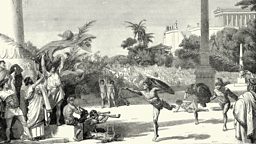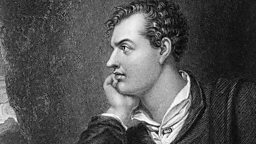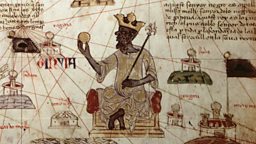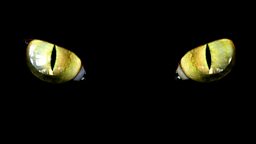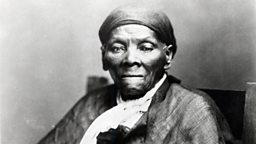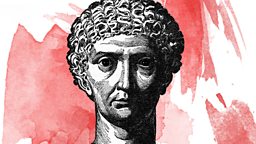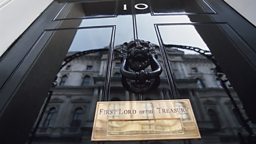Nine quick facts about the history of timekeeping
Nowadays we take clocks for granted: they’re on church towers, on our phones and computers, on the walls of our homes and offices, and even on our wrists! But when were clocks invented, and how have people told time without them?
On Radio 4’s You’re Dead To Me history podcast, host Greg Jenner is joined by author and historian Dr David Rooney and comedian Desiree Burch, to speed their way through everything you need to know about the History of Timekeeping. Here are some of the facts they reveal…

1. Our methods for measuring time have been around for a long, long time!
4,000 years ago, Ancient Egyptians and Babylonians introduced the duodecimal system, based on the number 12. This is why we still have 12 months in a year, 24 hours in a day, and 60 minutes in an hour.
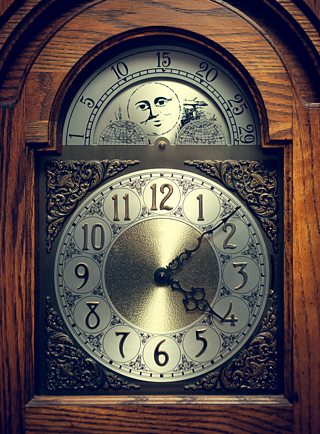
During the French Revolution, they tried to base timekeeping instead on the number 10, with 100 minutes in an hour and 10 hours in a day, but it didn’t catch on!
2. Some of the very first timekeeping devices were solar powered
Sundials and shadow clocks were being used as early as 3,500 years ago. These were stone blocks with carved lines, that showed the sun’s position by capturing its moving shadow. They had to face east in the morning, and then be rotated at noon to face west. Simple, but effective – unless of course someone stole your sundial! During the Punic Wars, the Romans took a sundial from the island colony of Catania in 263BCE, and erected it back in the Roman Forum. They used it for decades, even though it was calibrated to the local latitude in Catania and so told the wrong time in Rome!
3. Clepsydras – not a nasty skin condition, but another kind of clock!
Clepsydras, or water clocks, tracked the passage of time by regulating the flow of water from one vessel to another. In 1088, a Chinese inventor called Su Song built a ten-metre-high water clock that was powered by a huge, self-perpetuating waterwheel. Sadly, his clock was soon destroyed by invaders, who captured, dismantled, and moved it. They tried to reassemble it, but couldn’t work out how: Su Song had hidden parts of his schematic drawings to preserve the secrecy of his project.
4. In medieval China, you could smell the time
Fire clocks were used in medieval China and Japan. Incense sticks or powders were calibrated to burn for specific periods of time, and when they’d melted through, a weighted ball would drop into a metal dish, sounding a chime. Different kinds of incense were used at different times of the day, so someone could walk into the room and literally smell what time it was!
5. Mechanical clocks were invented in Europe in the Middle Ages
Mechanical clocks appeared in Europe around 1275. A noise, like a bell, or a moving clock face showed the user the hour, but minute hands only came in during the late 1600s. Small, portable clocks were invented in the 15th century, and grandfather clocks arrived in homes from the 1670s. Wristwatches started being used by soldiers during the Boer War, when soldiers began strapping pocket watches onto their wrists.
6. A key part of Victorian timekeeping was the “knocker-upper”
In British towns and cities in the 19th century, knocker-uppers were hired by industrial bosses to wake up their workers. They would knock on peoples’ windows with a long pole to get them out of bed, and there were even knocker-uppers whose job it was to wake up other knocker-uppers!

7. The British Empire is the reason for Greenwich Meantime being the worldwide timekeeping baseline
In 1884, a global conference in Washington DC decided that Greenwich in London would be the prime meridian, partly because by this point Britain had colonised a third of the planet. International time-zones were then suggested by a Canadian railway engineer, Sandford Fleming. One hour was added to the clock for every 15 degrees you go east, and an hour subtracted for every hour west.
8. Daylight Saving Time has always been controversial
The idea of moving the clocks forward and backwards with the seasons was seriously proposed in a 1907 pamphlet written by Englishman William Willett – an ancestor of Chris Martin from Coldplay! Although he was roundly mocked during his lifetime, the idea soon caught on. But daylight saving caused havoc in mid-century America, because towns and cities could choose whether or not to opt in. In 1963, an official report complained that buses travelling the 35 miles between Moundsville, West Virginia, and Steubenville, Ohio went through seven different time zones!
9. GPS satellites are actually clocks
In 1971, two engineers called Ernst Jechart and Gerhard Hubner began building miniature atomic clocks, which only weighed 1.3 kilograms and needed hardly any electrical power to operate. These were the first to be sent into space, and they were followed by many more. Many kinds of modern technologies rely on these clocks – including SatNav, military spy satellites, and global communications.

